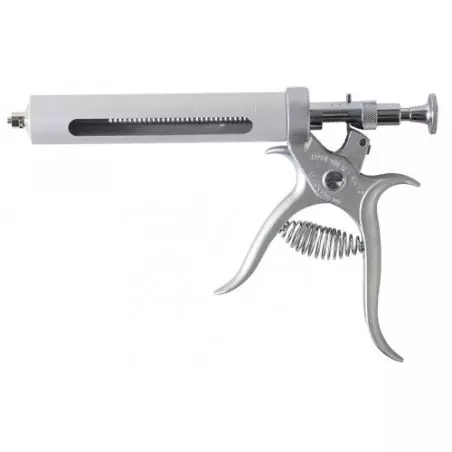A 4-year study evaluated the ability of commercial air filters to protect susceptible populations against airborne transmission of porcine reproductive and respiratory syndrome virus and Mycoplasma hyopneumoniae. The study was conducted for 1438 days and utilized 4744 pigs. In total, 38,556 samples were collected, including 1417 and 1227 air samples which were tested for PRRSV and M hyo, respectively.
Briefly, the model represented a “neighborhood” of swine production, consisting of a cluster of buildings each with a specific purpose. Building 1 served as a source of PRRSV-positive and M hyo-positive bioaerosols for the surrounding region. Building 2 was the control facility, which lacked an air filtration system in order to document airborne spread of pathogens throughout the production region. Buildings 3 and 4 contained various air filtration systems (treatments) designed to reduce the risk of airborne transmission of PRRSV and M hyo.

Multiple samples were collected daily to monitor the spread of PRRSV and M hyo throughout the model: sera and nasal swabs from 20-kg pigs in Buildings 2 through 4, exhausted air from the Building 1 source population, and air entering Buildings 2 through 4, as well as swabs of fomites (footwear, clothing, and supplies) and personnel (hands) entering Buildings 2, 3, and 4, and insects collected internally.
Airborne transmission of PRRSV and M hyo was documented in 43% and 34%, respectively, of the replicates conducted in Building 2; however, no evidence of infection was documented in Barns 3 or 4, independent of treatment. In support of these data, the number of positive replicates (ie, evidence of aerosol transmission of PRRSV or M hyo) was significantly lower (P < .001) in all treatments than in controls.
Under the conditions of the novel experimental model used in this 4-year study, mechanical, antimicrobial, and electrostatic filters are equally effective at preventing aerosol transmission of PRRSV and M hyo.
Dee S, Pitkin A, Otake S, et al. A four-year summary of air filtration system efficacy for preventing airborne spread of porcine reproductive and respiratory syndrome virus and Mycoplasma hyopneumoniae. J Swine Health Prod. 2011;19(5):292?294.







